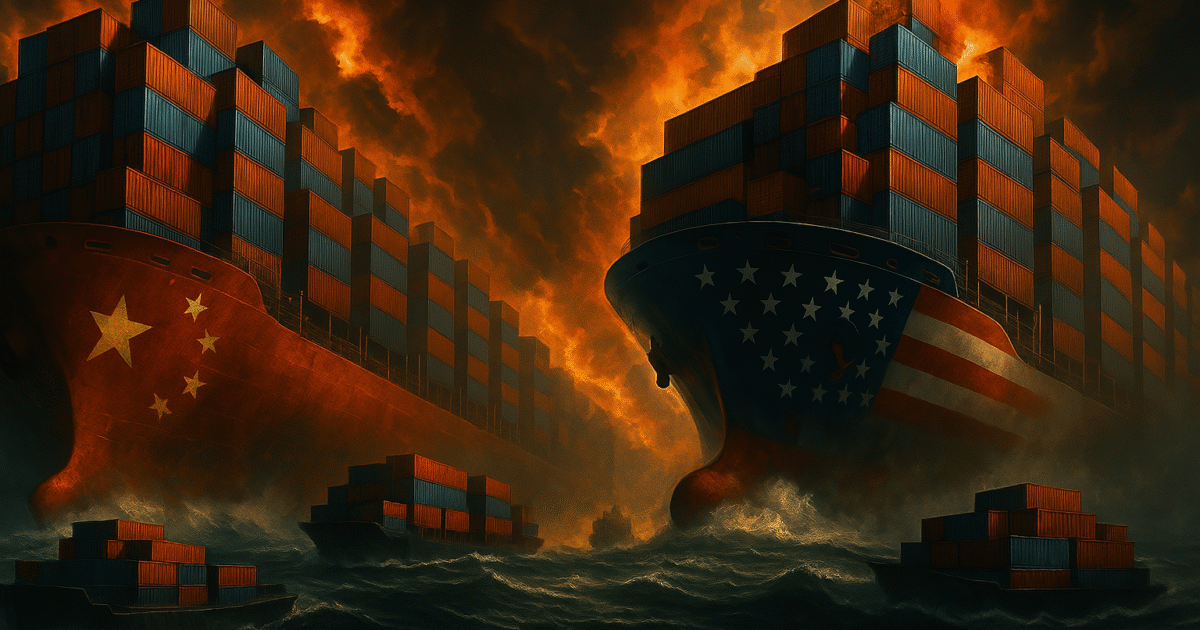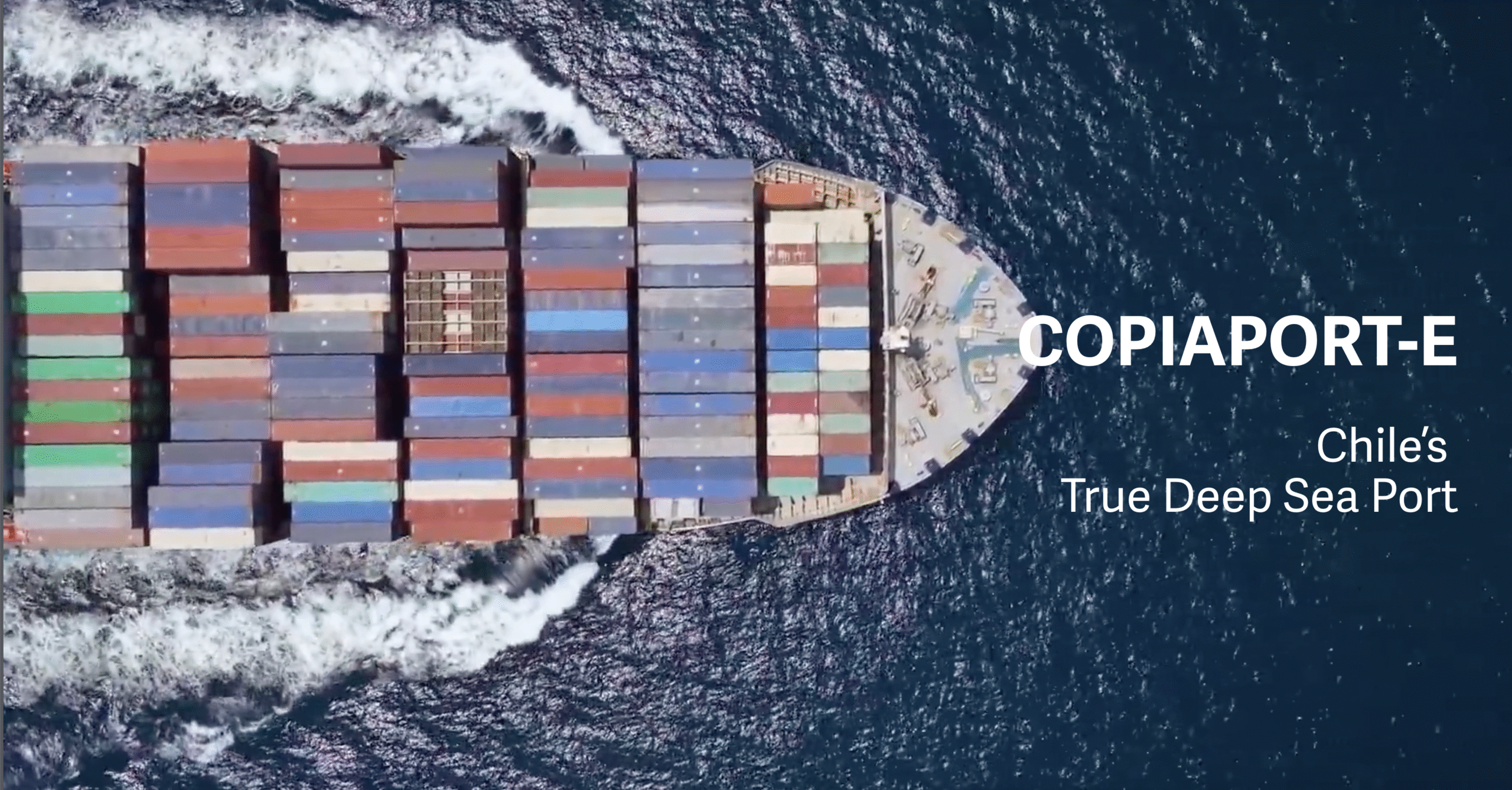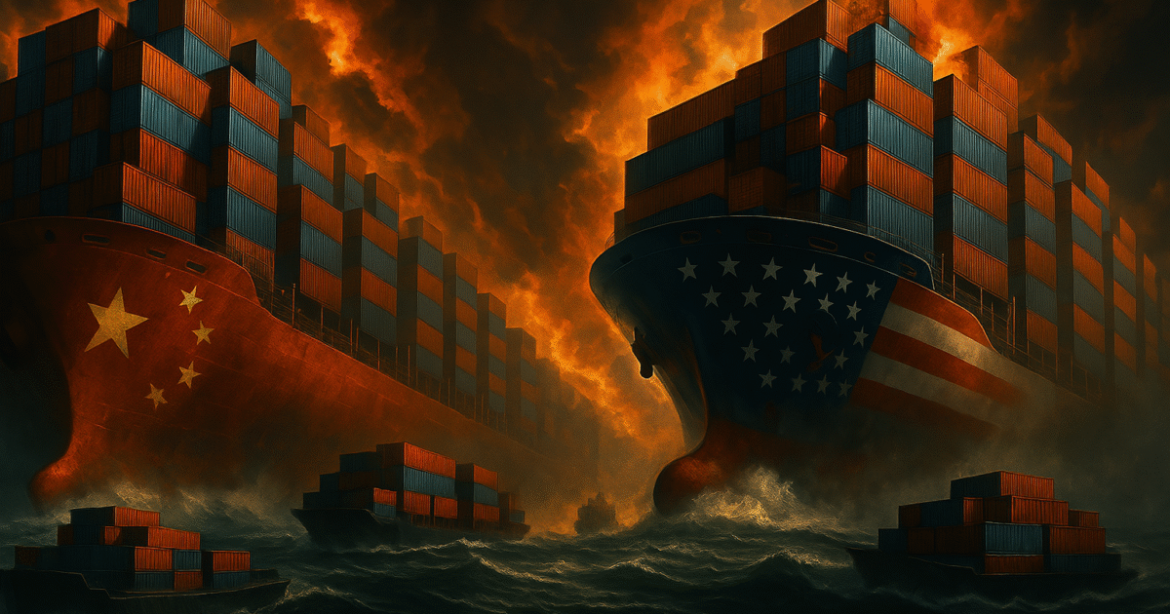

Source: Unleashed.news
If China secures the CopiaPort-E project, it would turbocharge Beijing’s trade in South America—not only enabling CHINAMAX megaships, but allowing all shipping to completely bypass U.S.-controlled chokepoints and dominate hemispheric commerce virtually overnight.
A geopolitical storm is brewing on the western edge of South America—and the United States cannot afford to look away. At the heart of it all lies a deep-water mega-port project in Chile’s Atacama Desert: CopiaPort-E, a port so naturally engineered by geography itself that it could become either America’s greatest commercial and strategic opportunity, or China’s most dangerous economic beachhead south of our border.

If the Trump Administration seizes this moment, the U.S. can ensure that this asset is developed with American interests at the forefront—safeguarding our supply chains, trade routes, and strategic naval positioning. If we hesitate, however, China will not. And they are already moving fast.
CopiaPort-E sits along the Punta Cachos peninsula, directly on the Pacific coast. What makes this location a “world rarity,” as port experts have described it, is its natural breakwater extending 8 kilometers into the sea and its natural seabed depths exceeding 30 meters—no dredging needed. This alone makes it the only location in all of South America capable of receiving CHINAMAX and CAPESIZE-class supertankers—ships that carry 80% more cargo than standard vessels, but cannot pass through either the Panama or Suez Canals.
Strategically, CopiaPort-E also sits right at a critical bend of the Pan-American Highway, which provides the shortest and most direct land routes to both southern Brazil and Argentina. This land-sea synergy means the port would serve as a high-efficiency hub for transcontinental trade, connecting the Pacific with the Atlantic faster than any other corridor in South America.
This location provides direct land access to Brazil’s Atlantic ports, enabling highly efficient distribution of goods to Europe, Africa, and North America. Whoever controls this corridor holds the keys to hemispheric trade dominance.
China knows exactly what it’s doing. Through its Belt and Road Initiative (BRI), Beijing is now executing an aggressive circumvention strategy. That includes building the Port of Chancay in Peru, and laying the groundwork for a transoceanic railway from Peru to eastern Brazil. This rail corridor—while ambitious—is limited by port depth and capacity. Chancay’s shallow harbor restricts access to only standard vessels, meaning it can never become a global shipping hub on the scale CopiaPort-E promises.
But imagine if China also secured CopiaPort-E—with its deep waters, vast landholdings, and ability to dominate South American trade routes. That would be game over. China would no longer need the Panama Canal. They could undercut American shipping and establish a naval foothold on the Pacific coast of South America. This is not speculation—it is a deliberate, well-documented component of China’s long-game global strategy.
Worse yet, should China gain full operational control over CopiaPort-E, it would grant them a potential military beachhead within the Western Hemisphere. The natural harbor’s depth could accommodate not just supertankers, but nuclear submarines, aircraft carriers, and warships—posing a potential national security threat just south of America’s borders.
This is why the Trump Administration has already acted decisively on similar fronts:
President Trump pushed for Greenland to join the United States, recognizing its untapped value and proximity to Arctic shipping lanes and Russian naval activity.
Trump proposed Canada become the 51st state, with a golden dome symbolizing unity and defense—underlining how critical our northern frontier has become.
Under Trump’s watch, the U.S. began to reclaim influence over the Panama Canal, pushing back against decades of Chinese maneuvering for control.
Now the challenge is directly to our south. And the opportunity is clear.
If China secures CopiaPort-E, it won’t just be building a port—it will be constructing a new and improved Silk Road, right on America’s doorstep.
With ChinaMax superfreighters too massive to pass through the Panama or Suez Canals, CopiaPort-E would hand Beijing an unmatched strategic and commercial advantage in the Southern Hemisphere.
This isn’t just about trade—it’s about power. And if the United States fails to act, we may soon find ourselves boxed out of our own hemisphere by a communist adversary that never stops playing the long game.
CopiaPort-E is not just a port—it’s a continental gateway, a linchpin in who controls the future of trade, logistics, and influence in the Southern Hemisphere. China sees it. And so must we.
(TO BE CONTINUED…)
Please visit www.unleashed.news and support our work by using the exclusive discount code: TheGatewayPundit for a permanent $5 discount on subscriptions.
Jason Sullivan is a Contributor-at-Large for The Gateway Pundit, Founder and Publisher of UNLEASHED.news, Founder of ResultsIncorporated.com, and lead investigator specializing in Open-Source Intelligence (OSINT) and forensic investigations at The Ticktin Law Group.
The post China Eyes Secret Mega-Port to Bypass Panama Canal and Shatter U.S. Control Over Western Hemisphere Trade appeared first on The Gateway Pundit.

